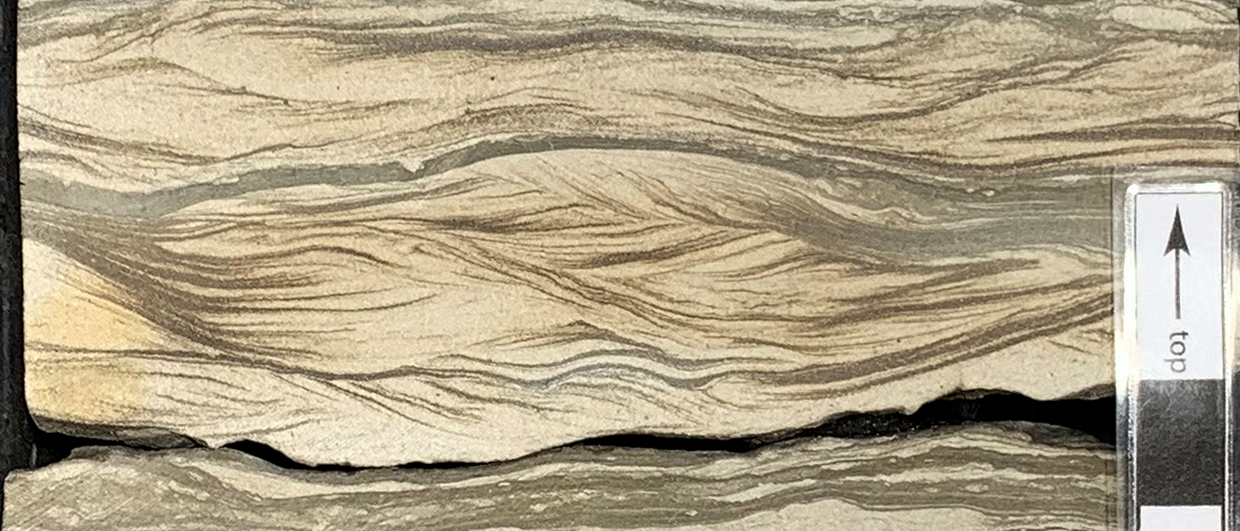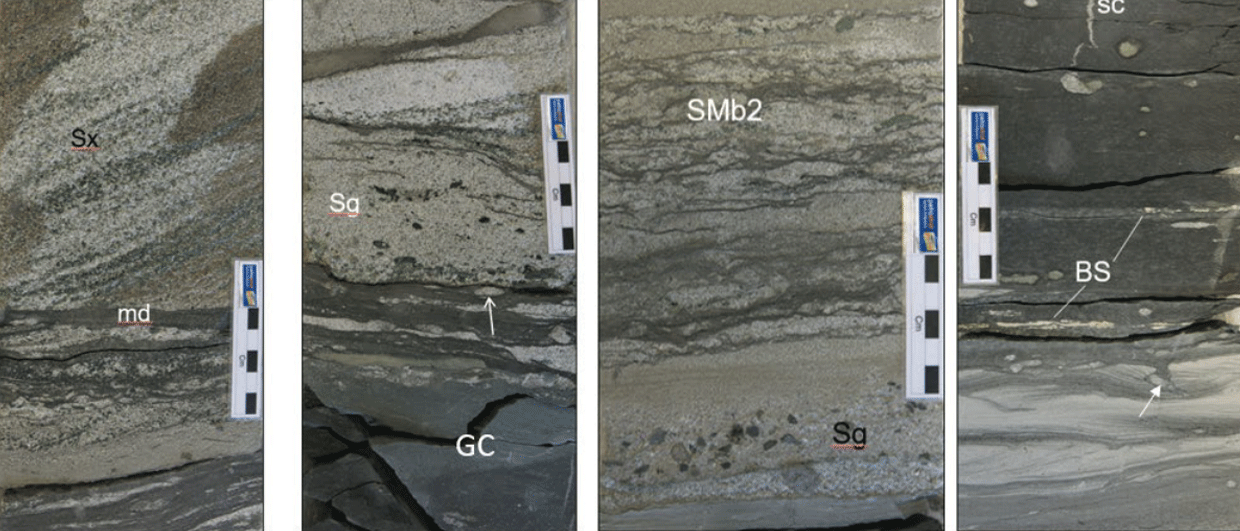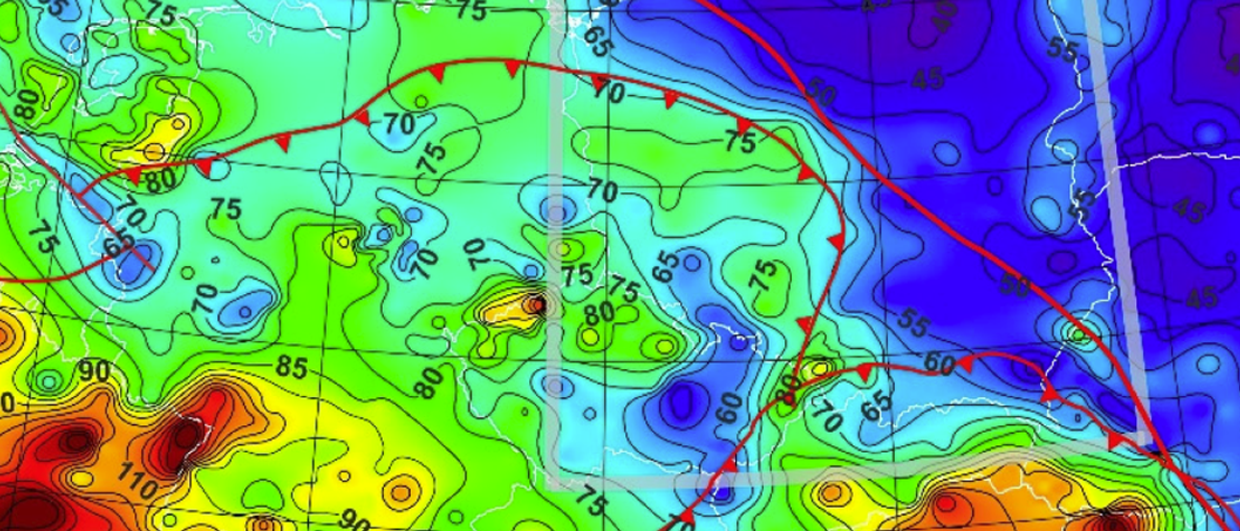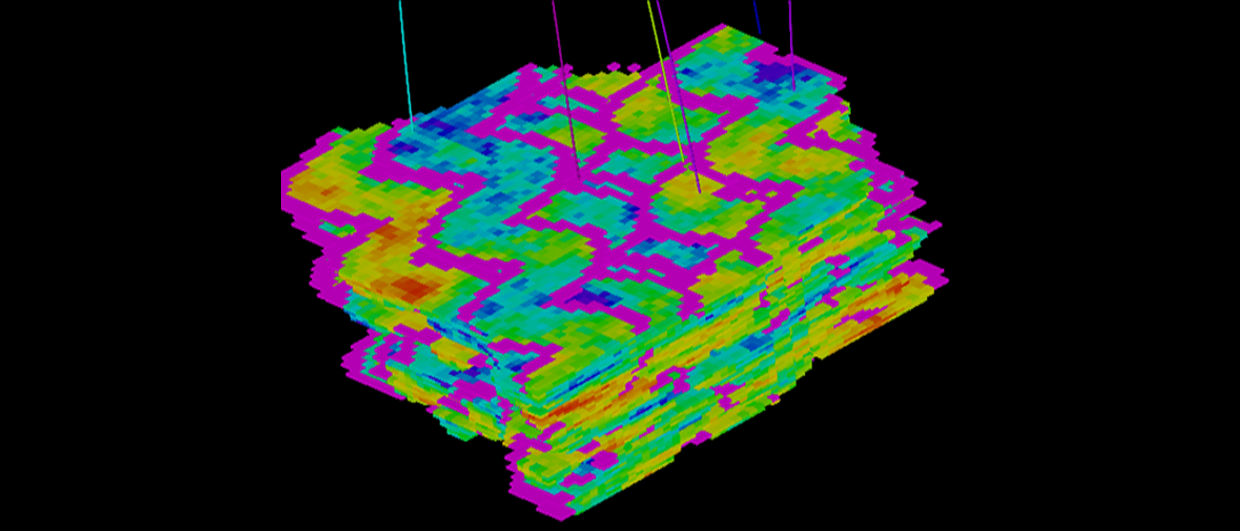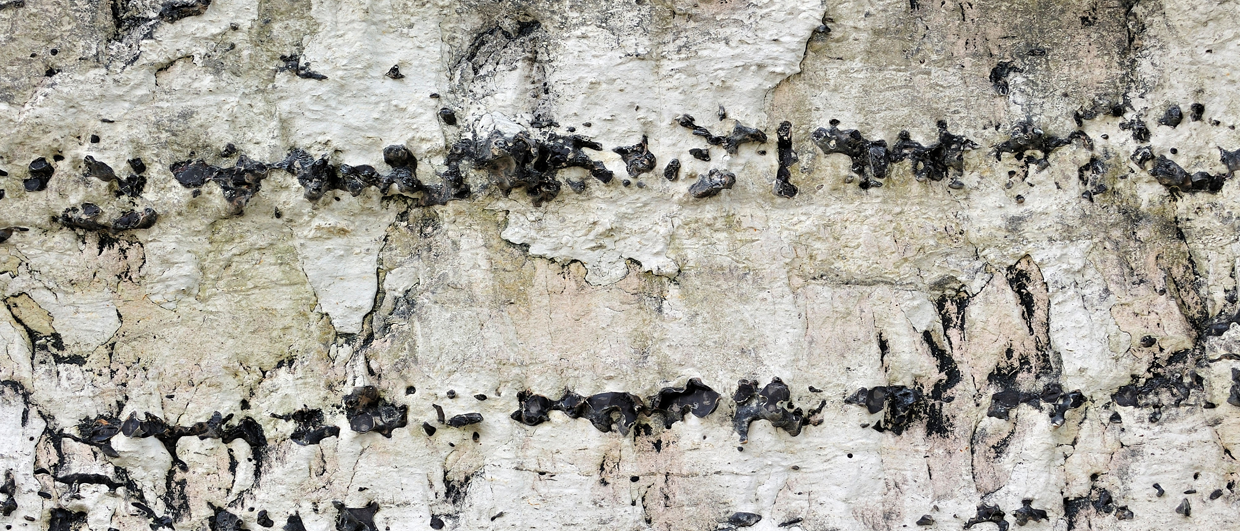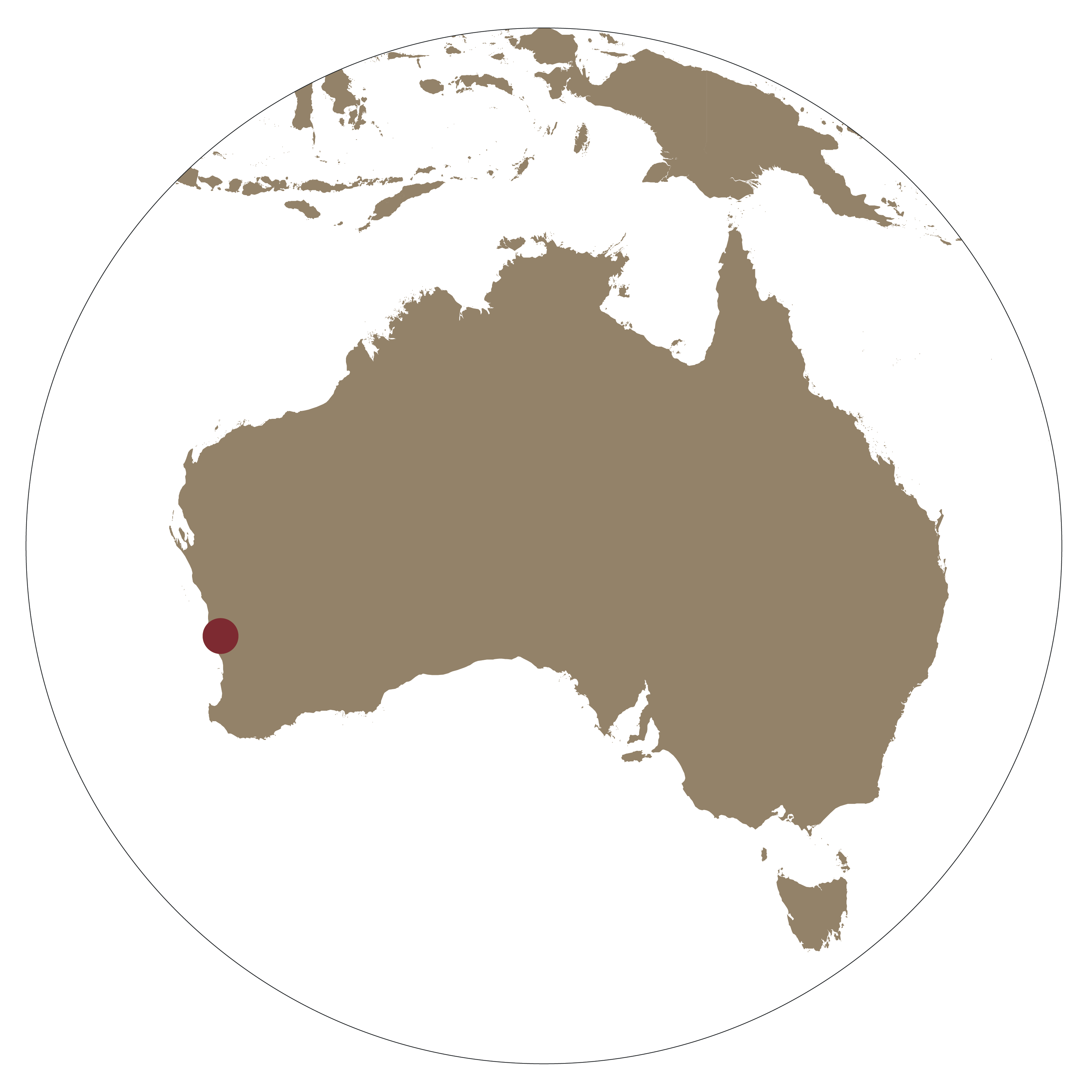 Although it is not formally classified as a sub-basin of the West Australian Perth Basin, the northern Perth Basin forms a large, north-south trending rift basin, extending approximately 150 km wide. The northern Perth Basin is currently one of the most active areas of petroleum exploration in Australia, holding most hydrocarbon accumulations discovered in the Perth Basin thus far, including all the presently operational oil and gas fields. The basin is also piquing interest in Carbon Capture and Storage projects.
Although it is not formally classified as a sub-basin of the West Australian Perth Basin, the northern Perth Basin forms a large, north-south trending rift basin, extending approximately 150 km wide. The northern Perth Basin is currently one of the most active areas of petroleum exploration in Australia, holding most hydrocarbon accumulations discovered in the Perth Basin thus far, including all the presently operational oil and gas fields. The basin is also piquing interest in Carbon Capture and Storage projects.
Comprising a series of horsts and grabens, the basin was shaped through a long history of rifting episodes that commenced prior to the Early Permian and culminated in the separation of Greater India and Australia during the Valanginian (Early Cretaceous). Silurian to Cretaceous sediments exceed depths of up to 15,000 m in the deepest part of the basin, the Dandaragan Trough. Most of the hydrocarbon discoveries are within the Early Permian to Early Triassic reservoirs.
The Asselian Nangetty Formation comprises glaciomarine deposits, whilst the overlying Holmwood Shale consists of marine mud- and siltstones with some glacial influence and occasional shallow marine coarsening-upwards sequences. The High Cliff Sandstone (Sakmarian), the lowermost reservoir target in the basin, interpreted as shallow marine, progradational shoreline, is terminated by the rapid transgression of the marine “Bit Basher Shale”.
Subsequent marine regression resulted in the deposition of the shallow marine reservoirs of the Kingia Formation, which conformably grades into the tidally-influenced fluvio-deltaic Irwin River Coal Measures (Core 1). Towards the end of the Artinskian, shallow marine mudstones of the Carynginia Formation rapidly began to prograde over the delta.
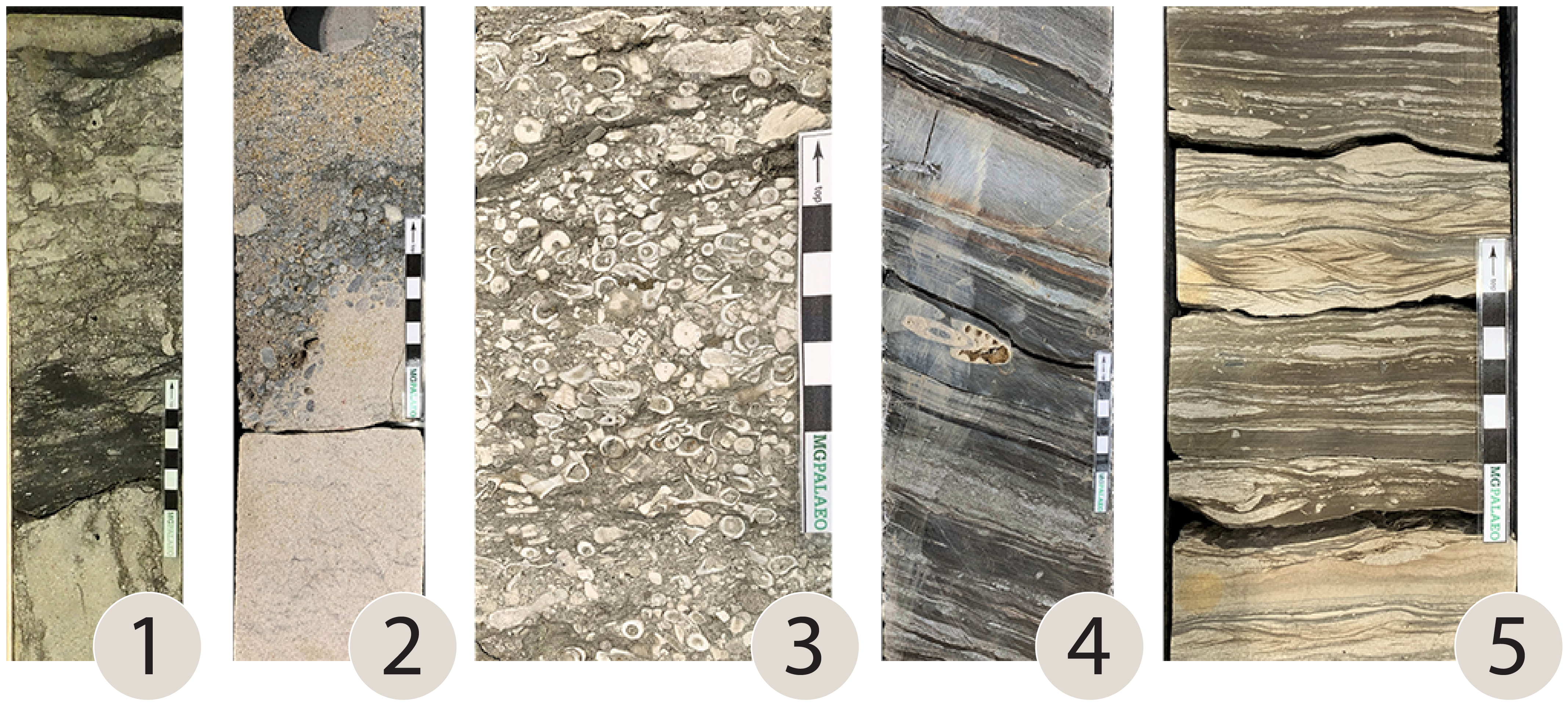
A regional rifting event occurred during the Guadalupian that resulted in the widely recognized Late Permian Unconformity.
The Late Permian Beekeeper Formation, Wagina Sandstone and Dongara Sandstone were deposited as the first post-rift sediments in shallow marine environments. The Wagina Sandstone reservoir is overlain, in parts erosively, by the coarser grained Dongara Sandstone reservoir (Core 2). The Beekeeper Formation, a limestone to carbonate rich siltstone, time equivalent to the Wagina Sandstone, forms the gas reservoir in some areas in the southern parts of the basin (Core 3).
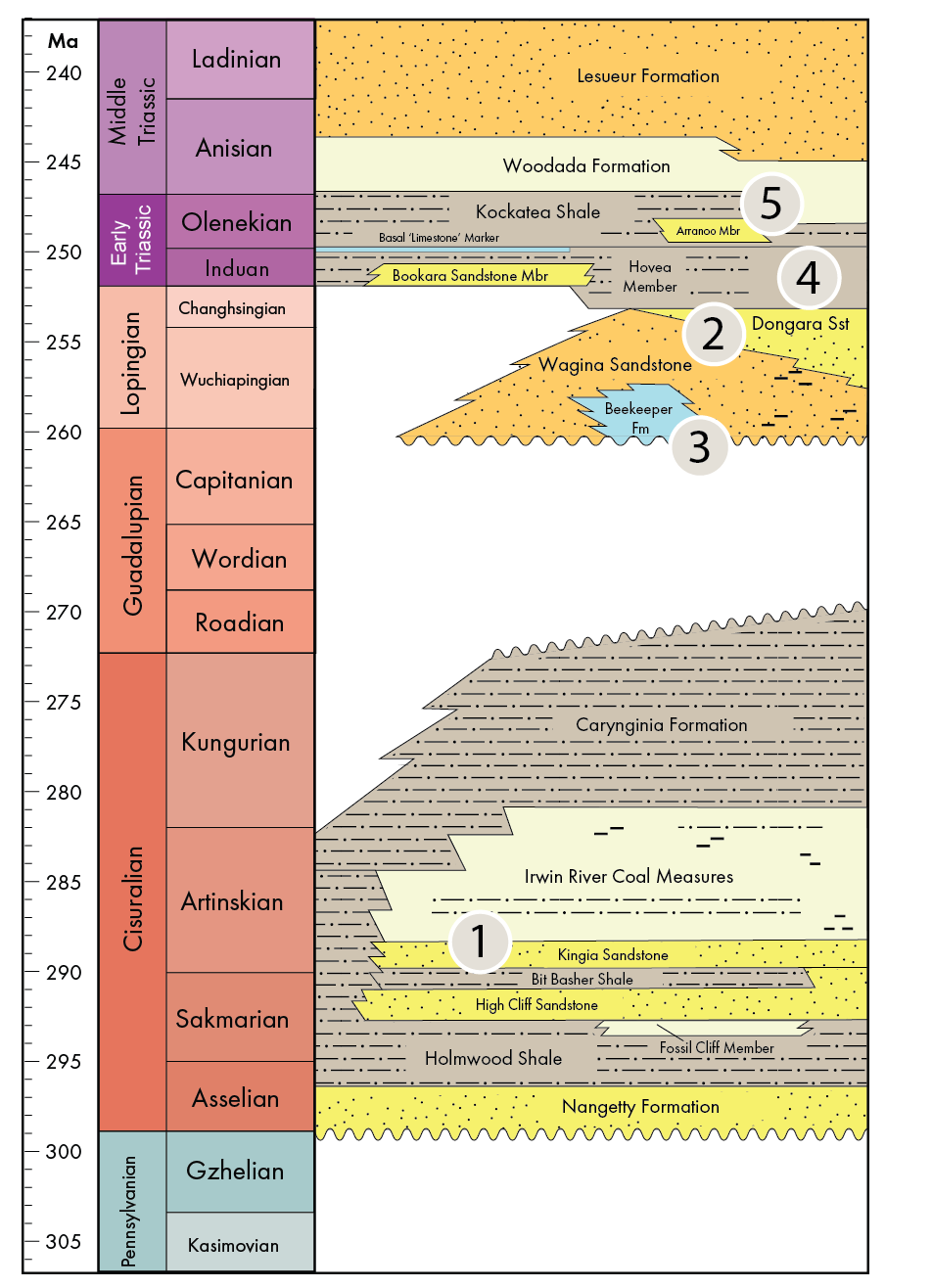
Subsequent thermal subsidence resulted in a marine transgression with deposition of the Late Permian to Early Triassic Kockatea Shale, contained within which are three distinct members. The lowermost members are the shallow marine “hot” sandstones of the Bookara Member and the coeval Hovea Member, an important oil source rock and regional seal to underlying reservoirs. Initial sediments of the Hovea Member comprise black, carbonaceous and inertinitic shales interbedded with silty sandstones before a sapropelic interval of cryptalgal to stromatolitic limestones and medium to dark grey and dark brown, and anoxic shales were deposited (Core 4). The uppermost member of the Kockatea Shale is the Arranoo Member that consists of generally fine-grained, wave- to tidally-influenced sandstones (Core 5).
The Kockatea Shale is conformably overlain by the Woodada Formation, before a second phase of rifting in the Late Triassic and Early Jurassic led to the widespread accumulation of fluvial and deltaic sediments. The final rift and breakup took place from the Middle Jurassic to Early Cretaceous and resulted in the deposition of fluvial and marine siliciclastics.

